Sustainability on The Vine
St. Supéry CEO, Emily J. Swain, talks sustainability in Napa and the importance of showing support for chefs who take these issues to heart.
StarChefs recently chatted with Emma J. Swain, CEO of Napa’s St. Supéry Estate Vineyards and Winery, about the challenges of drought and fires and why it’s important to support chefs and restaurants that reflect St. Supéry’s sustainability ethos.
Lisa Elbert: You’ve selected one Rising Star in this class for a special award of distinction for their sustainability efforts, Chef Kim Alter of Nightbird. Why is this award important to you?
Emma J. Swain: We’re a small company with a very long term vision, which is why we farm [the land] sustainably. We want it to be better than it was when we started, and we want to continue to produce fantastic wine for future generations. We know that the things we do impact our community, from how we grow to how we process and how we support our neighbors. So we always try to do the right thing. There are a lot of restaurants, a lot of wines, a lot of choices people can make, so it’s important to us that we work with and support those that share our core values.
LE: Tell us about your Napa Green Land and Winery certifications.
EJS: It’s the most stringent certification in the wine industry, and a very rigorous process. There are mountains of paperwork and inspections by federal, state, and local agencies. We recertify the wineries every three years, and we recertify the land every five. We’ve always farmed sustainably, but our first certification in the vineyards was in 2008, and 2012 in the wineries. We just finished recertifying the winery this year for the third time. The first time we got certified, our goal was to improve energy uses and sustainability practices around energy. For the second, our focus was on water reduction and efficiency, which is an ongoing effort.
LE: Why Napa Green?
EJS: The agencies that inspect our properties meet with our team, look at our plans, and help us set goals to continuously improve, which is what I like about them. They’re very helpful in identifying areas where we can continue to improve, and tell us the best practices people are doing in the industry that we haven’t been doing.
LE: Tell us about your practices for reducing energy and water usage.
EJS: We implemented energy saving practices in our first round of certifications at the winery, including motion sensors for all lights, setting temperatures so we don’t overchill or overheat our facilities, and we installed solars. In the vineyard we practice deficit irrigation, and base decisions on aerial imagery, pressure bomb data, soil and moisture sensors, and field observations. Dollarhide Ranch is more than 1,500 acres, and on it we have seven lakes with recaptured rainwater. One-hundred percent of water used for production is recycled from these lakes. There’s one small parcel at the top of a mountain, at about 1,200 feet, that we irrigate with a small spring instead of pumping the water uphill.
LE: How do you deal with drought and fires?
EJS: Droughts and fires are part of a continuous California cycle—the droughts are followed by rain which is followed by fires. We deal with drought by practicing deficit irrigation in our vineyards to manage the water usage, and we keep down the brush to avoid fires by mowing between vines and letting cows graze on the hillsides. We try to be good neighbors to those that are affected by them, but we’ve been lucky.

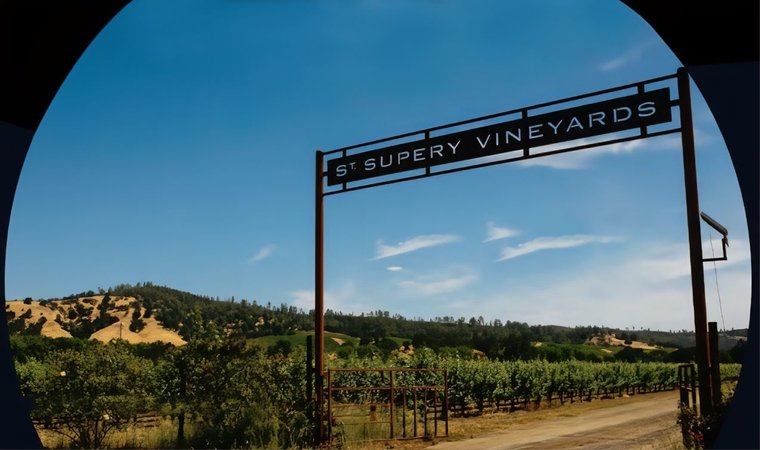
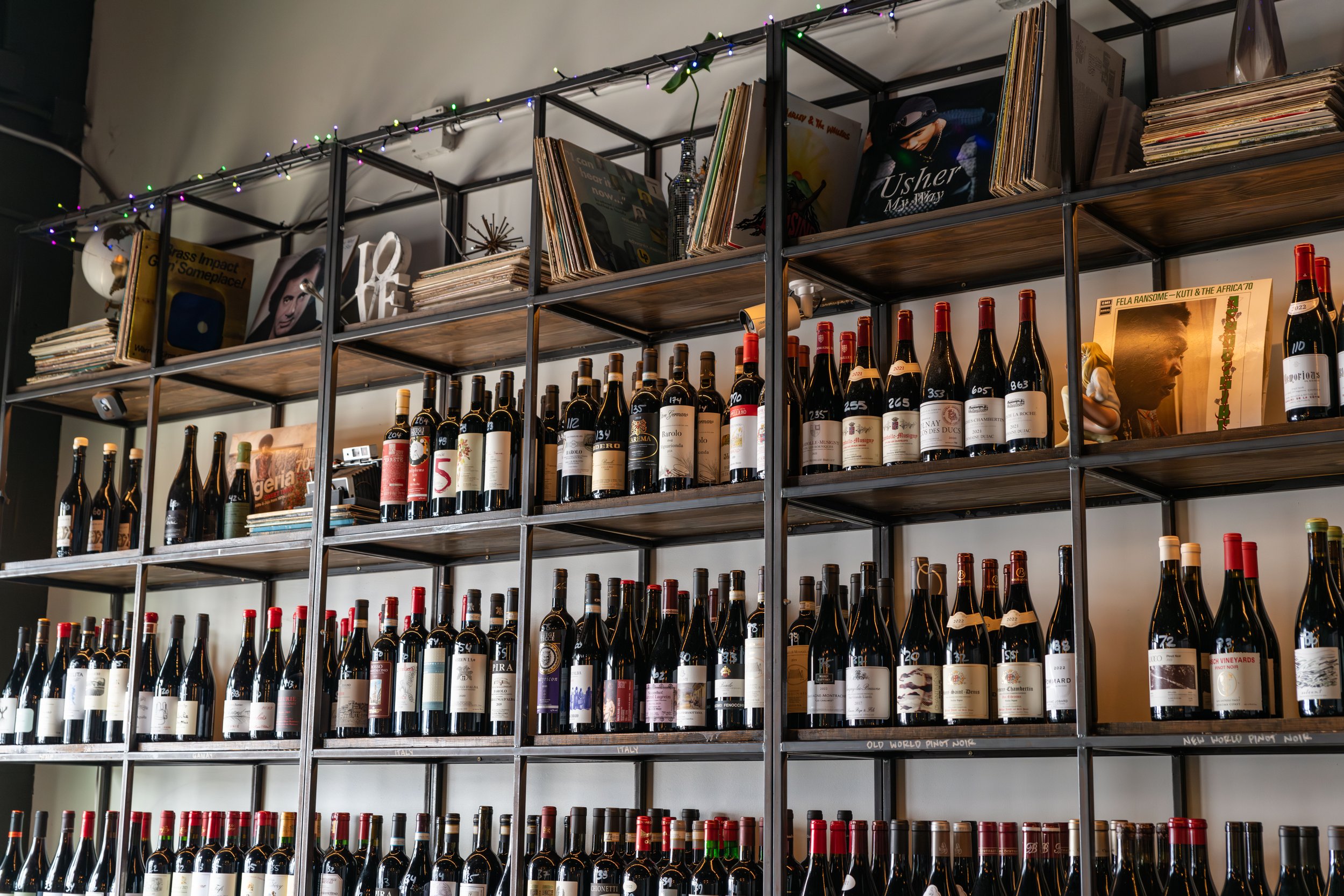
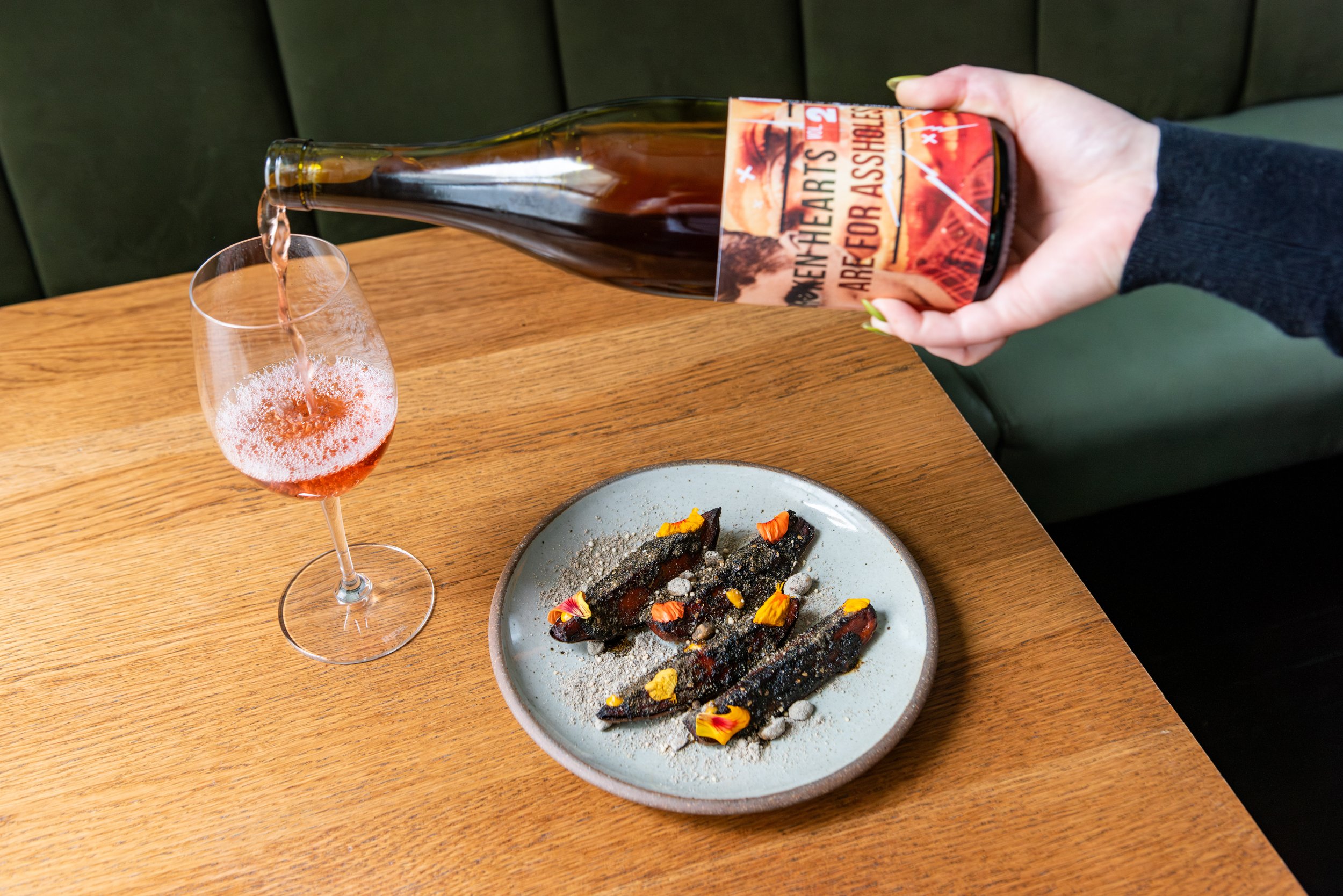

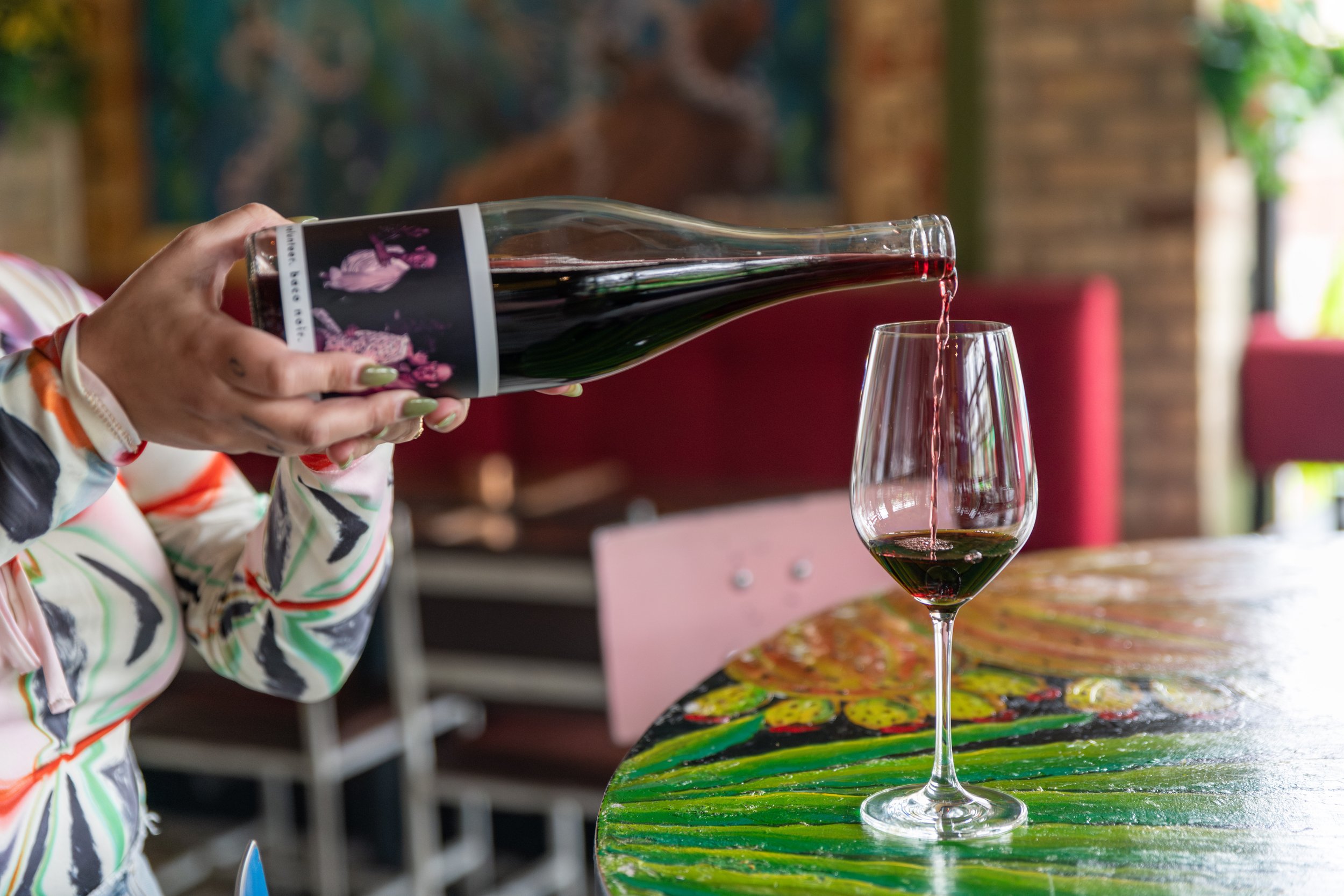
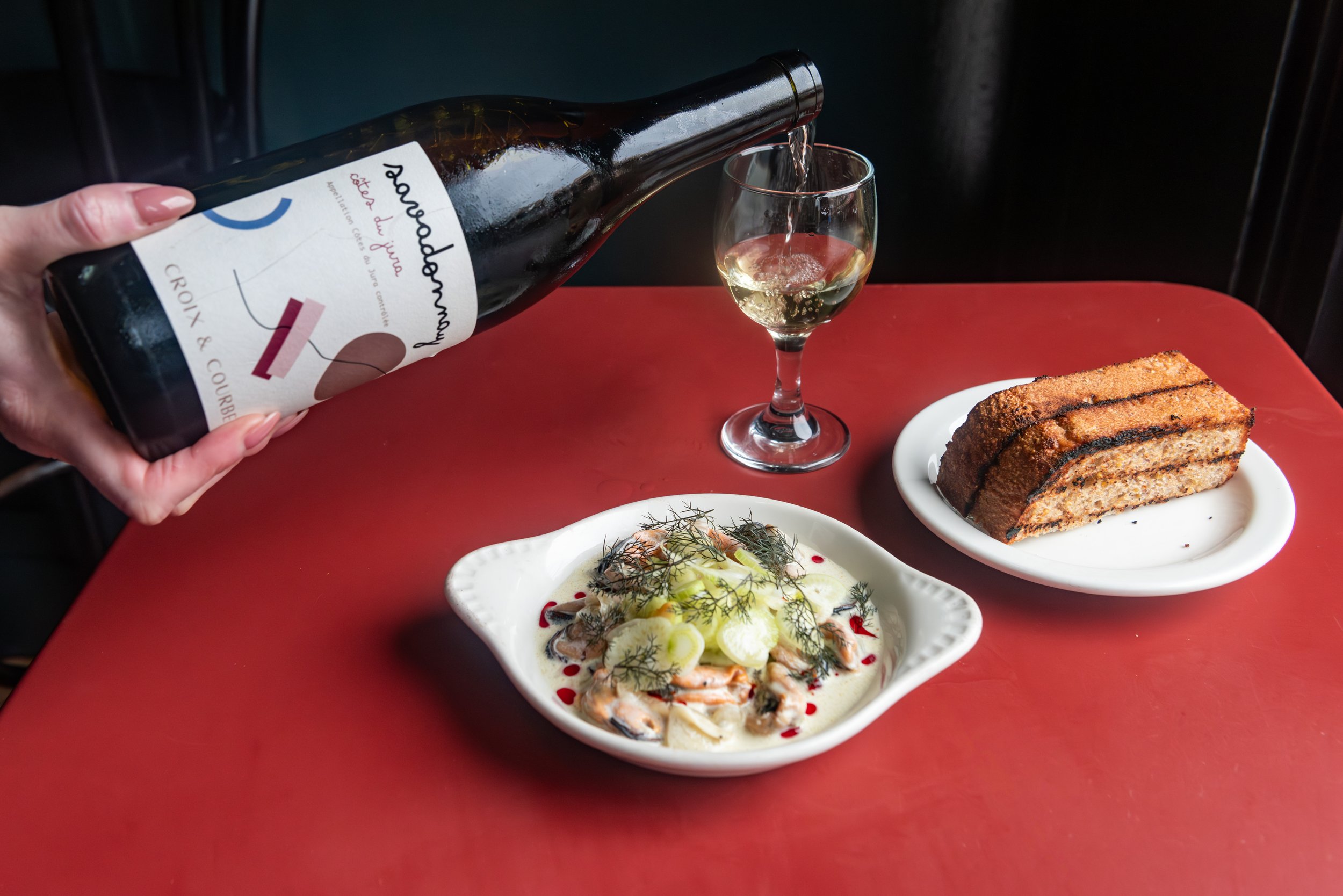
Tips on building a wine list that works for everyone from Sommelier Thibaut Idenn of Alla Vita and Boka